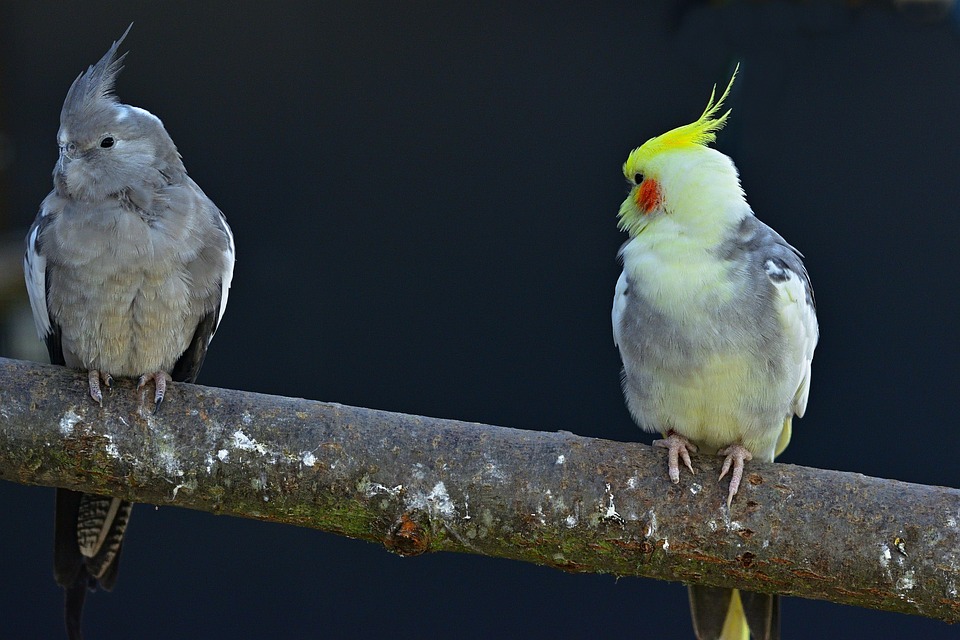Parrots are known for their intelligence and vibrant personalities, and as pet owners, it is important to provide them with an enriching environment that stimulates their natural behaviors. Hideaways and tents are popular additions to parrot cages, but have you ever wondered how they impact parrot behavior? In this article, we will explore the fascinating world of parrot behavior and delve into how hideaways and tents can influence their interaction.
Before we discuss the impact of hideaways and tents, it is important to understand the significance of enrichment in a parrot’s life. Parrots are highly intelligent and active animals that thrive on mental and physical stimulation. In the wild, they spend their days foraging, exploring, and socializing with their flock. In captivity, it is essential to replicate these natural behaviors to ensure their well-being and mental health.
Hideaways, also known as cozy huts or nests, are small enclosed spaces within a parrot’s cage that mimic the natural nesting sites that parrots seek in the wild. They provide a sense of security, privacy, and comfort for your feathered friend.
Firstly, hideaways offer parrots a secluded space where they can retreat, relax, and feel protected. Parrots, especially during sleep or rest, seek a safe and secure environment. This sense of security promotes a feeling of safety, reducing stress and anxiety levels in your parrot.
Secondly, providing a hideaway satisfies parrots’ natural behavioral needs. Parrots have an innate instinct to nest and seek shelter. By providing a hideaway, you are allowing them to exhibit their nesting behavior, which is essential for their overall well-being.
Lastly, hideaways act as personal territory within the cage for parrots, who are territorial creatures. This helps in reducing aggression and territorial disputes among parrots sharing the same cage.
Tents, on the other hand, are fabric structures that provide a sheltered area within the cage. They simulate a cozy retreat for your parrot and offer a unique set of benefits.
Tents encourage exploration and playfulness in parrots. They provide a stimulating environment where parrots can climb, swing, and play, promoting physical exercise and mental stimulation. Tents with multiple levels, ropes, and toys inside can further enhance the play experience.
Adding a tent to your parrot’s environment also introduces novelty, which can prevent boredom. Parrots, like humans, can get bored with their surroundings. The addition of a tent keeps them engaged and mentally stimulated. Changing the tent’s design or location periodically can help maintain their interest and prevent monotony.
Tents can also serve as social hubs for parrots in a multi-parrot household. They provide a communal space where birds can interact, bond, and engage in social activities. These interactions promote positive social behavior and prevent feelings of isolation.
In conclusion, hideaways and tents play a significant role in enriching a parrot’s environment and promoting their well-being. They provide a safe haven, satisfy natural behaviors, and offer opportunities for exploration, play, and social interaction. However, it is important to remember that hideaways and tents should not replace regular social interaction with humans. Parrots are highly social creatures and require daily interaction, playtime, and mental stimulation from their human companions. By understanding parrot behavior and the impact of hideaways and tents, you can create an enriching environment that enhances their interaction and overall quality of life.









